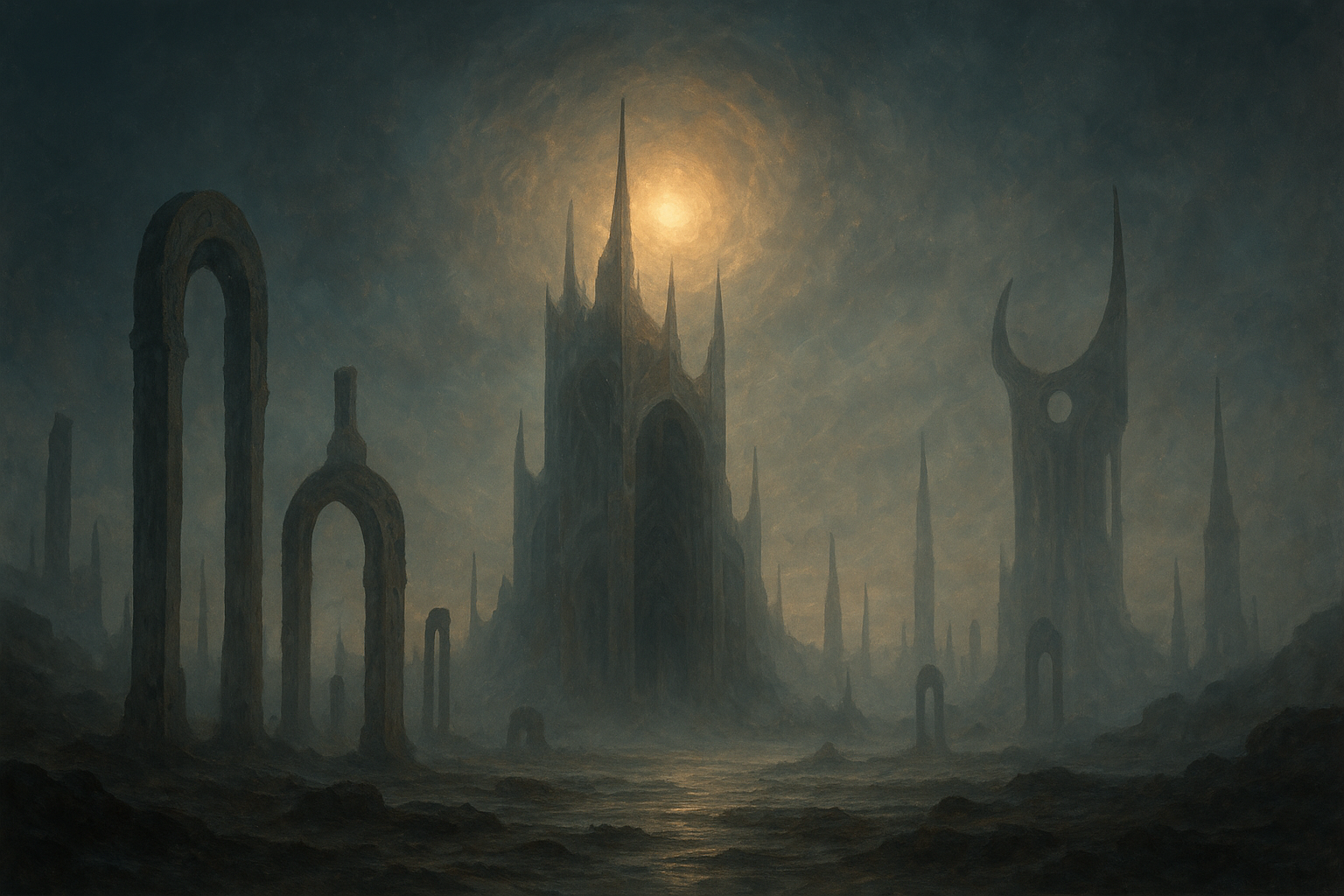Abstract Magic – Arcane Structures Beyond Form
The concept of magic transcends the boundaries of what is tangible and logical. Throughout history, magic has been described as a mysterious force that lies beyond the grasp of conventional wisdom, shaping civilizations and inspiring awe. As humanity delves deeper into the mysteries of its existence, a new breed of magic, termed here as Abstract Magic, has arisen—one that defies traditional forms to embrace the ethereal and the arcane.
The New Age of Magic: Boundless and Formless
In the ages of yore, magic was often associated with arcane rituals, enchanted objects, and powerful incantations. Today’s Abstract Magic, however, eclipses these earlier forms, presenting itself as an entity beyond substance and structure. It suggests that magic is not confined to the physical realm; instead, it resides within the psychic landscapes of collective consciousness.
“Magic may just be humanity’s attempt to reach beyond the constraints of reality, to touch the divine chaos of creation.” — Dr. Elise Manning, Mythologist and Ancient History Scholar
This abstract understanding of magic is both revolutionary and reminiscent of older mystical philosophies. It aligns with the theories of quantum mechanics, where certainty and predictability evaporate at the subatomic level, leaving only the strange dance of possibilities.
The Hollow Pantheon: Mythology of Lost Souls
Every civilization has spun tales of gods, heroes, and spirits, embodying virtues and vices that reflect the human condition. Among these myths lies a lesser-known assembly known as The Hollow Pantheon. Unlike the classical deities, the gods and goddesses of The Hollow Pantheon are spectral forms, embodiments of concepts rather than anthropomorphic figures.
- Eratos: The God of Aether, a formless deity representing unlimited potential and the chaotic energy of creation.
- Nebula: The Goddess of the Veil, reigning over mysteries and unseen truths, her influence felt in the enigmatic whispers of the wind.
- Morpheon: The Liminal Guide, who navigates the boundary between dreams and reality, offering visions that reshape destiny.
The Hollow Pantheon draws its mythology from the lost souls of time—those untethered spirits who wander the annals of history. Each story within the Pantheon speaks to themes of transcendence, transformation, and the stark beauty of an unknowable force.
Resonance with Modern Thought
The contemporary embrace of The Hollow Pantheon aligns with the evolving understanding of identity and purpose among modern societies. As technological advances blur the lines between digital and physical realms, the ethereal nature of The Pantheon finds its place in the tapestry of today’s worldview. The digital nomad, the interconnected soul seeking meaning in a virtual world, may find comfort in the narratives of The Hollow Pantheon.
“Perhaps these myths are not lost but merely waiting to be rediscovered, speaking to the parts of ourselves that yearn for something more than the material.” — Roselyn Fields, Modern Mythologist
The Future of Magic and Myth
As humanity stands on the brink of a new epoch, the lines between science, magic, and mythology continue to blur, merging into an indivisible trinity. The Abstract Magic that once seemed as elusive as a whisper in the wind now finds expression in digital art, virtual realities, and the expanding horizon of quantum science. Similarly, The Hollow Pantheon serves as a reminder of where humanity has been and where it is heading—toward a synergy of the seen and unseen, the real and fantastical.
In this age of digital enlightenment, magic is not just something one witnesses in the performance of a conjuror but something one carries within—a spark, a potential, an arcane structure beyond form.

